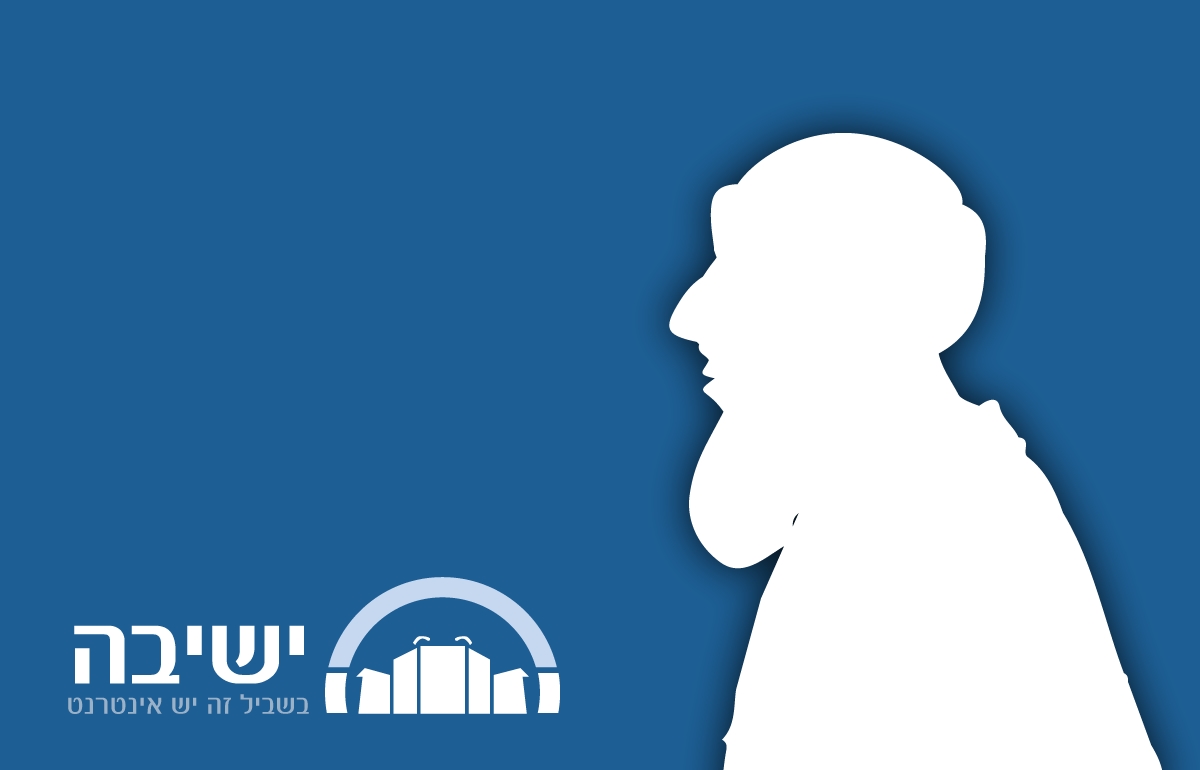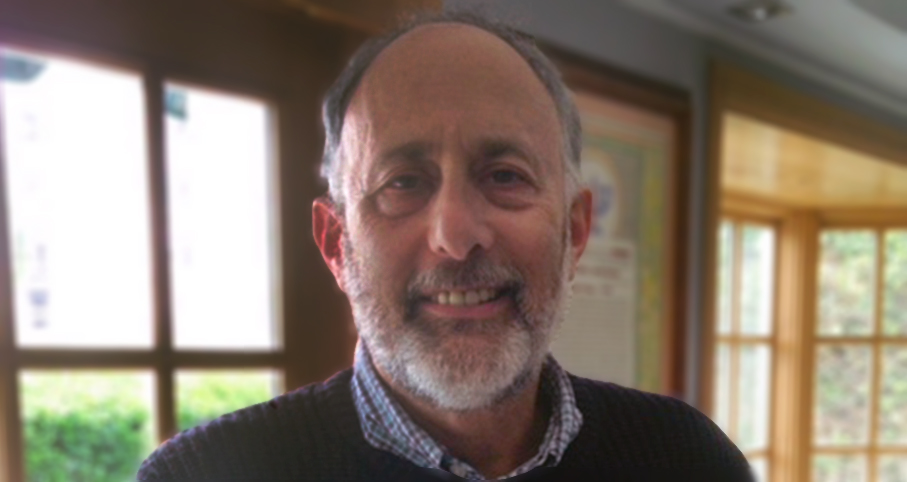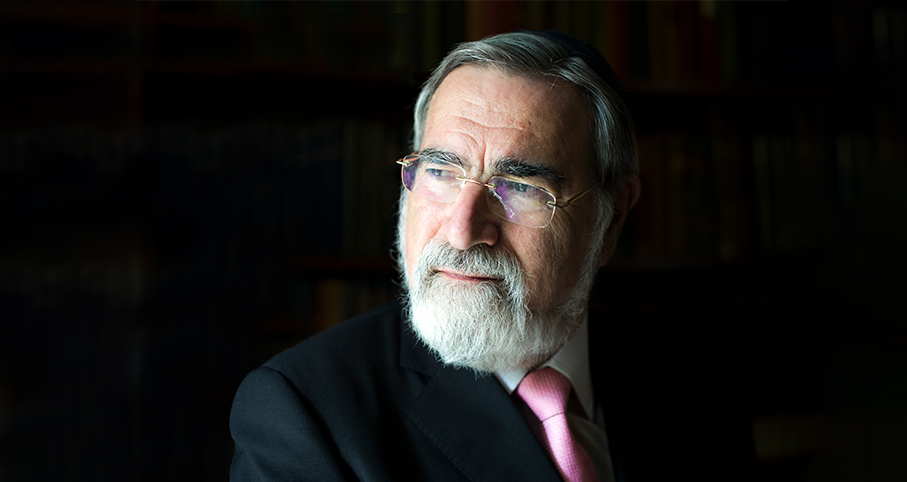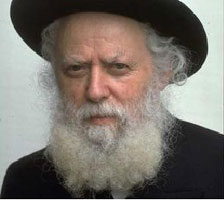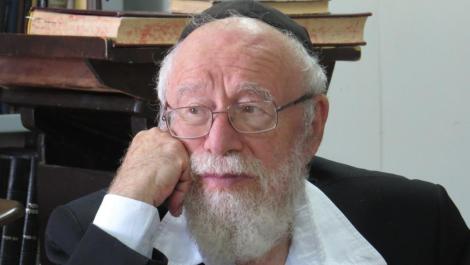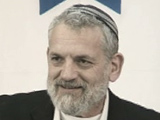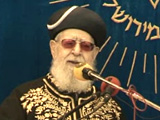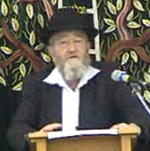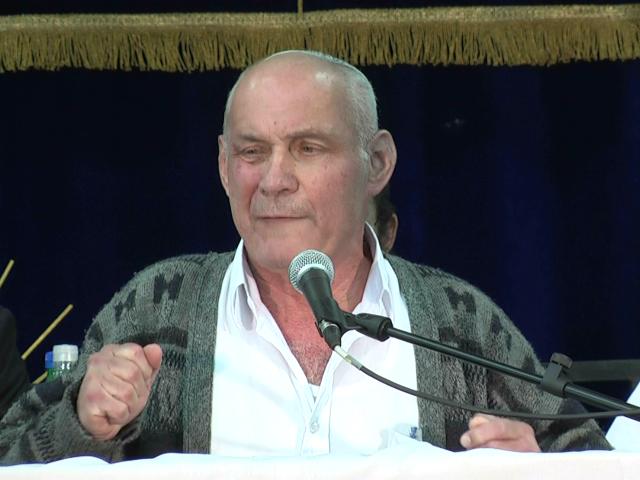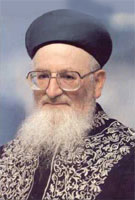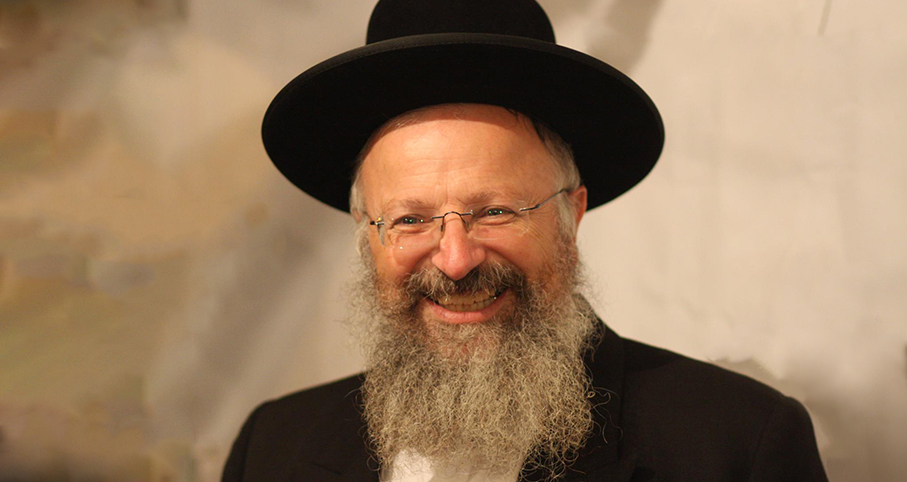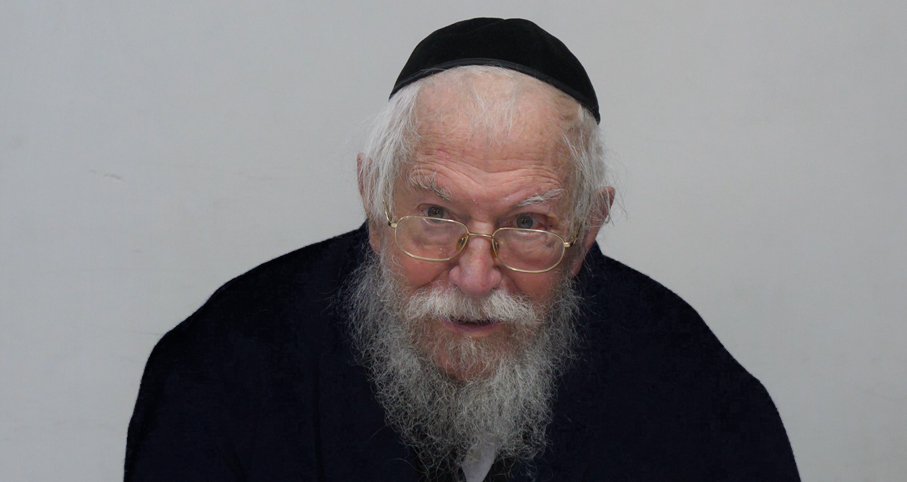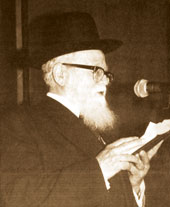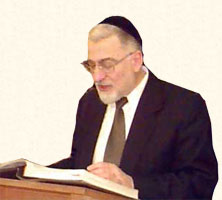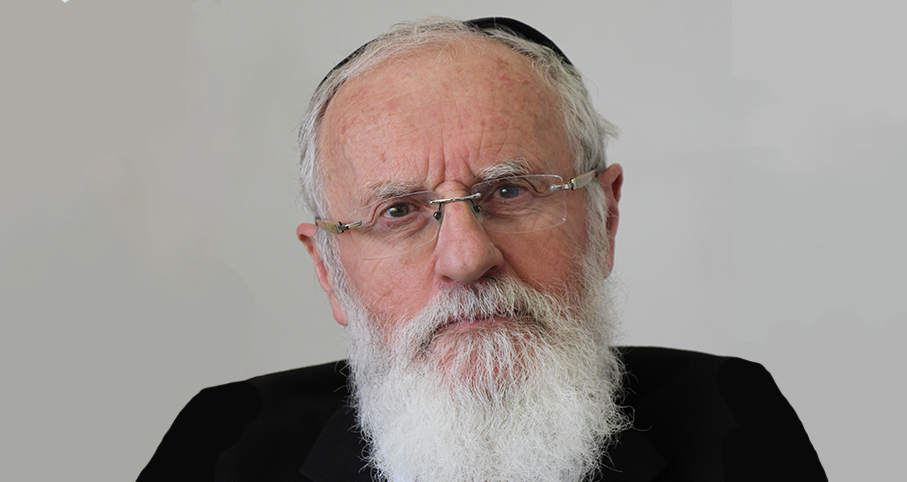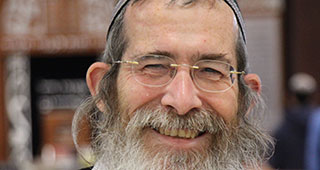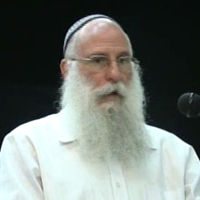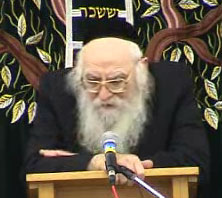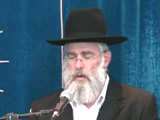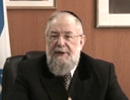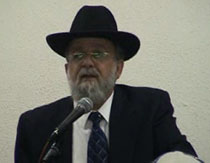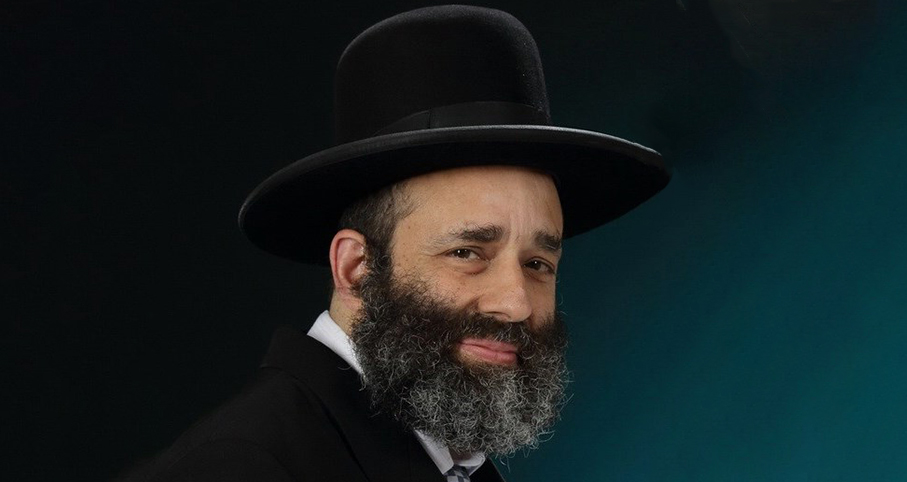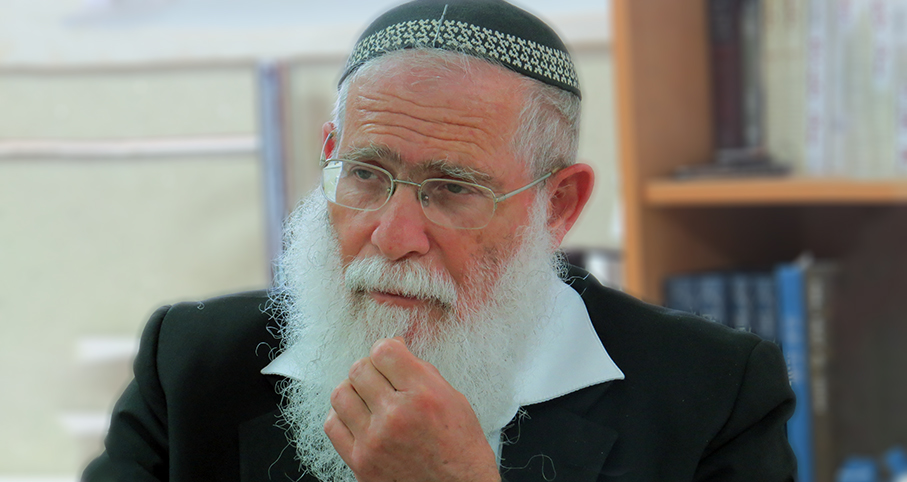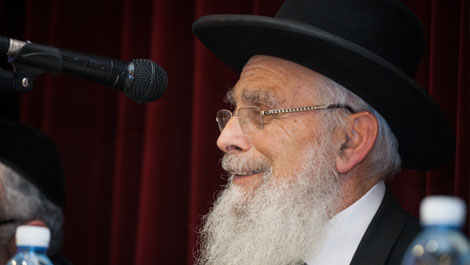Beit Midrash
- Shabbat and Holidays
- Jewish Holidays
- Holocaust Memorial Day
- Shabbat and Holidays
- Jewish Holidays
- IDF Memorial Day
Then it hit me that these are precisely the 2 types of "blood" (damayich is also in the plural!) in that process of redemption of Yechezkel, separated every year by one week of differentiation: that of Yom HaShoah, and that of Yom HaZikaron (commemorating those who fell in the wars of Israel). Rav Zvi Yehuda Kook often said that we can never understand the Holocaust, but retroactively, the period was clearly a gett (bill of divorce) of the parting of Am Yisrael from the exile. Most (!) of the large ancient Jewish communities in the world from a century and millennium ago, in Europe, Asia and Africa respectively, within one decade (1940-1950/ת"ש-תש"י) suddenly collapsed. The qualitative and quantitative centers of the Jewish world, have now & forever returned from the Ashkenazi and Sefaradi countries, back to their original, holy & eternal homeland of Israel. Soviet Russia was soon to follow. Inevitably, all significant transitions, especially national and historic ones for most of world Jewry, entail upheavals & challenges. בדמייך חיי.
It is brought in the name of Rav Kook (R.M.Tz. Neria, Chayei HaReiya, p. 190) upon being asked by a Jew from Europe in the early 1930's/תר"צ, who was deliberating his future: on the one hand anti-Semitism had already raised its head there, but he also feared the problems the Jews were suffering in Eretz Yisrael from the Arab marauders. Rav Kook answered that when we come across such difficulties, we must remember to clearly differentiate, for there is no comparison between birth pangs (of redemption in Israel) and death pains (of the end of exile). Both are painful, but one is the beginning of life, and no one would trade it for the other, the end of life! He similarly pointed out (Ma'amarei HaReiya, p. 278), that if one doesn't know which direction is east or west, he can mistakenly confuse the darkness left at the sunrise of redemption (personified by Yom HaZikaron) for the sunset of exile (embodied by Yom HaShoah). In the Land of Israel today, we are on our way up, not on our way down, but that doesn't mean it will always be easy. Yes, we celebrate Yom HaAtzma'ut, but we first identify that it comes via the altruism of Yom HaZikaron.
Eretz Yisrael, like Torah, Olam haBah and really anything worthwhile, is acquired through challenges, yissurim (Brachot 5a). Children are our greatest pleasure, but also the source of our greatest heartache.
Let us thank Hashem, appreciate and differentiate that on Yom HaShoah we remember the blood of 6 years we had to hide like mice, and in the words of the Israeli ambassador to the UN: the greatest hope of the Warsaw uprising was to die honorably, as opposed to Yom HaZikaron, where thanks to Hashem & our valiant altruistic soldiers, albeit the blood it cost us, pretty quickly Sinwar and Hamas, Nasralla and Hizballa were the ones hiding like mice. Yes, there is still darkness & hostages, but it's part of the sunrise, not the sunset. In short, BH we've come a long way. בדמייך חיי, that davka through our blood, we eternally live and survive.
On Yom HaZikaron let's also learn from OUR tragic mistakes which led to the Hamas massacre & kidnappings, which are also part of the birth pangs of Mashiach, learning how to and how not to, run a Jewish State. This includes the necessity of solidarity and mutual self-sacrifice, and not to take security for granted. Let's also take the day to stop & learn from and emulate the altruistic soldiers and volunteers who courageously fought with unity like lions, in a generation where many feared that we had "lost" that determination & idealism. The bumper stickers pasted all around Israel, with each chayal who fell's picture & idealistic "quote", are the best way to admire and learn who they were & who we should be, to appreciate those who fell, and the value of the State, Land & People for which they did so. Like Judaism & similarly Israel, if something is worth dying for, how much more so that it's worth LIVING FOR/IN and appreciating. Shabbat Shalom, Rav Ari Shvat (Chwat)
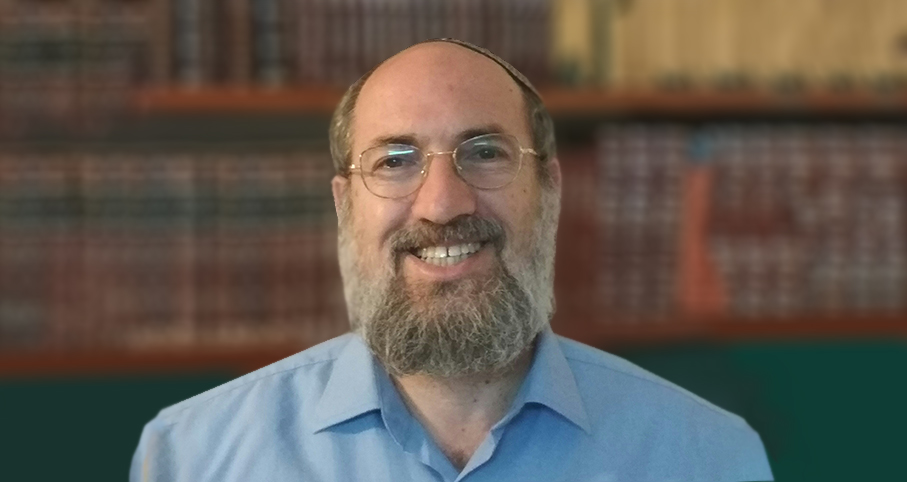
Rabbi Ari Shvat
Lectures at various yeshivot, michlalot and midrashot. Has published many books & Torani articles and is in charge of Rav Kook’s archives.

Orchot Tzaddikim- class 70, Teshuva part i
Kislev 5786
Complete G-dliness Doesn't Weaken But Enhances Natural Drives
Ein Aya Shabat Chapter B Paragraph 50
Kislev 15 5775

